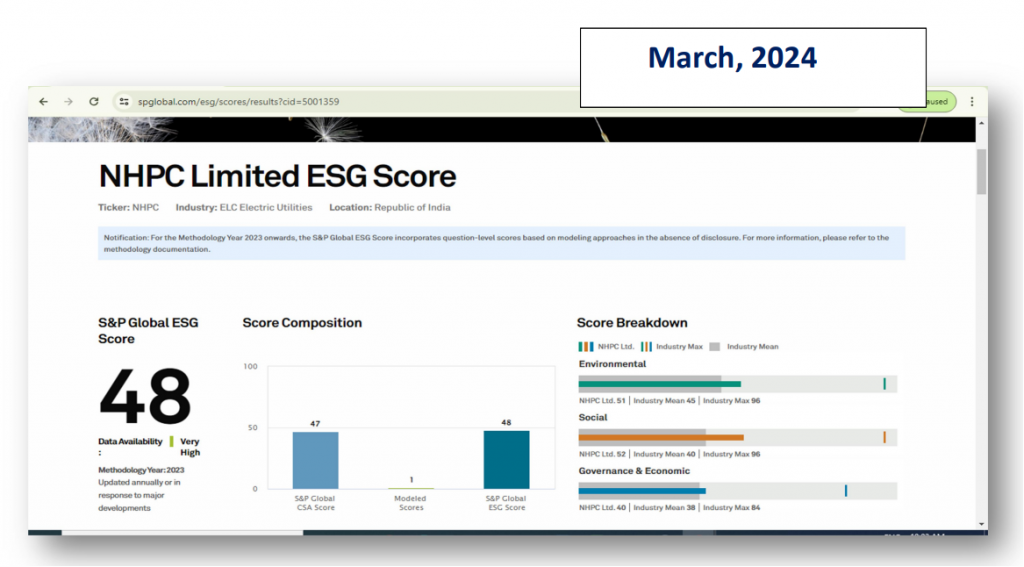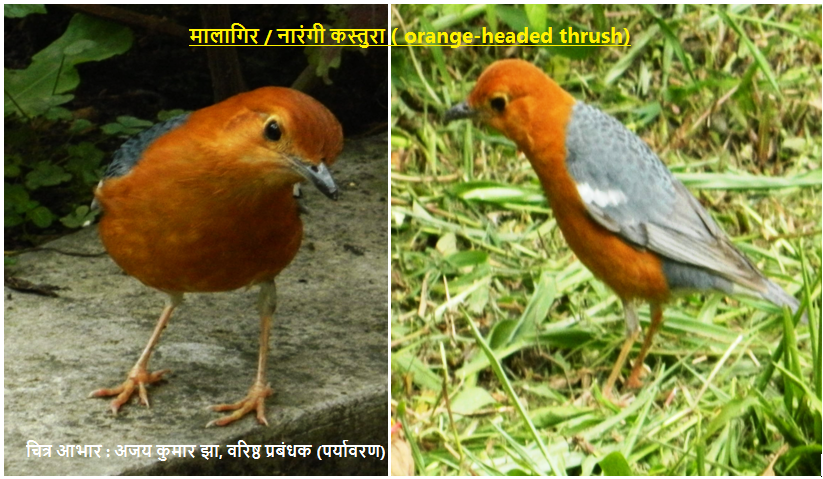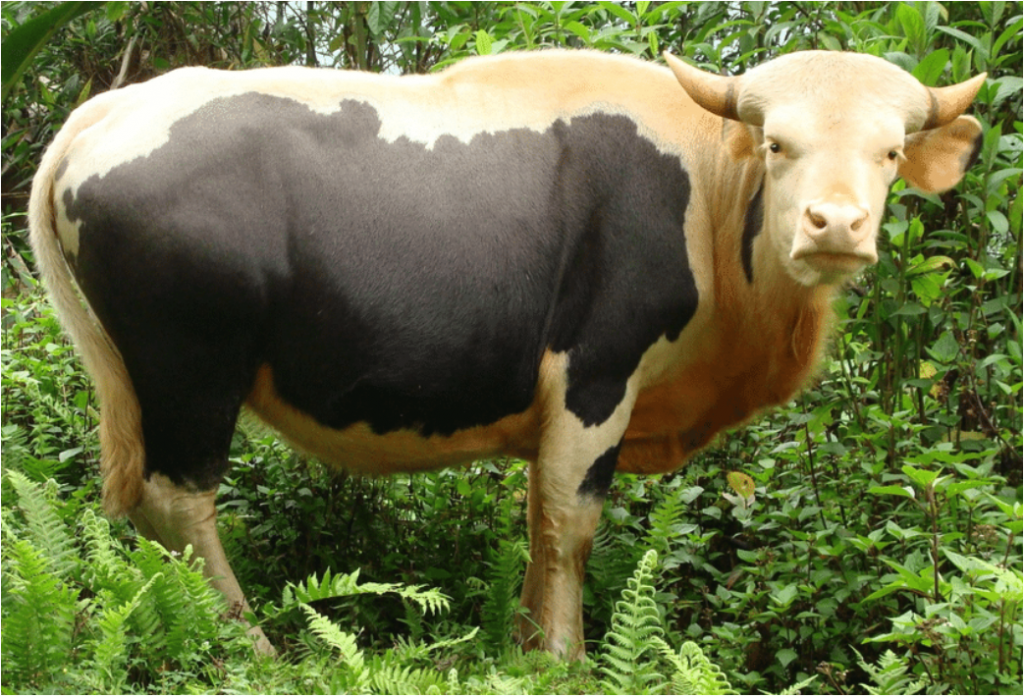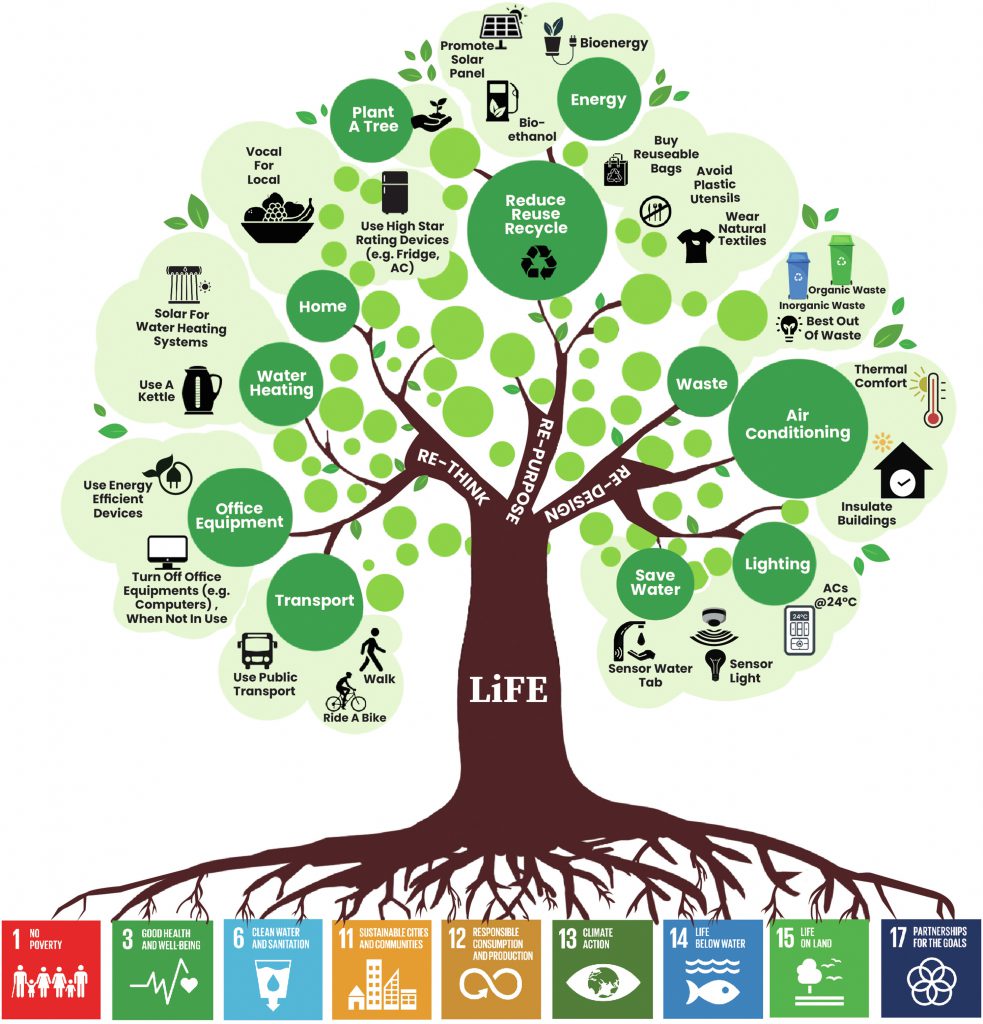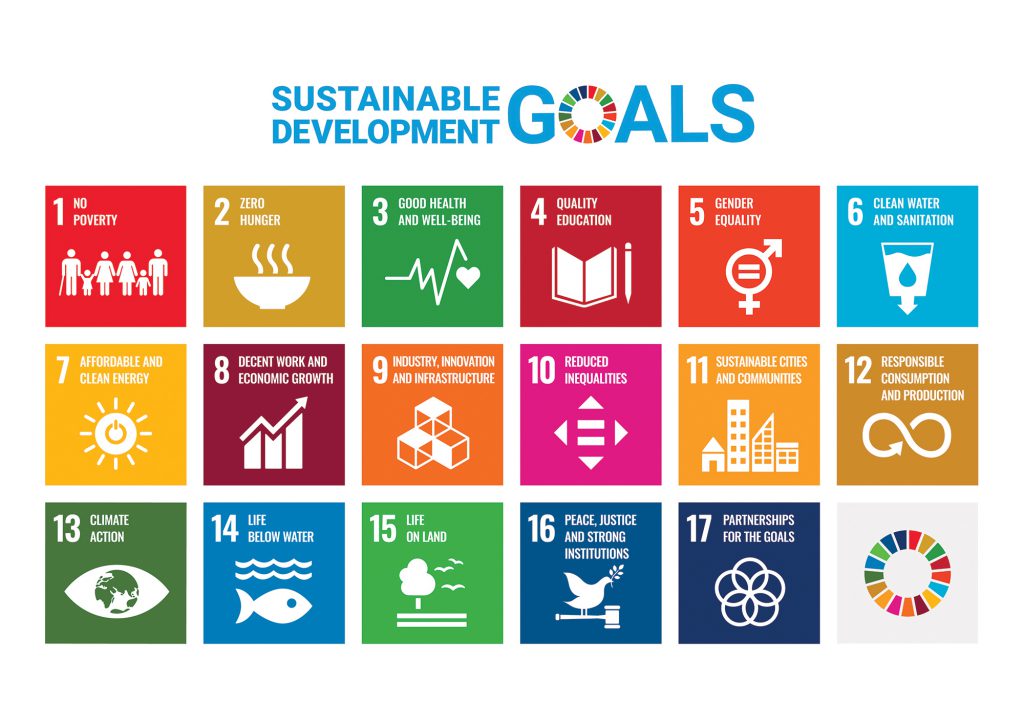NHPC Blog
अंक की तस्वीर
एनएचपीसी लिमिटेड की ओर से पर्यावरण एवं विविधता प्रबंधन विभाग तथा नेशनल रिमोट सेंसिंग सेंटर (एनआरएससी), हैदराबाद के मध्य "अंतरिक्ष चित्र आधारित ग्लोफ अध्ययन" के लिए अनुसंधान एवं विकास परियोजना के तहत दिनांक 20.03.2024 को एमओयू पर हस्ताक्षर किए गए। इस अवसर पर एनएचपीसी ओर से श्री रजत गुप्ता, कार्यपालक निदेशक (पर्यावरण व विविधता प्रबंधन), डॉ. अविनाश कुमार , महाप्रबंधक (पर्यावरण), श्री राजीव रंजन प्रसाद, उप- महाप्रबंधक (पर्यावरण) तथा श्री अमित भदुला, प्रबंधक (पर्यावरण) उपस्थित थे। एनआरएससी की ओर से डॉ. प्रकाश चौहान, निदेशक, डॉ. के श्री निवास, उप निदेशक, डॉ. पी वी राजू, समूह निदेशक (जल संसाधन), डॉ. एम सिम्हाद्री, वैज्ञानिक-जी, श्री अब्दुल हकीम, वैज्ञानिक-जी, श्री के चंद्रशेखर, वैज्ञानिक-जी तथा श्री सक्षम जोशी, वैज्ञानिक-डी उपस्थित थे।
ESG Rating of NHPC
NHPC Limited had actively participated in S&P Global Corporate Sustainability Assessment (CSA) Survey (Dow Jones Sustainability World index) for the methodology year 2023. The CSA survey Form was submitted at the web portal of S&P Global in January 2024 for ESG rating of NHPC. Based on CSA analysis, NHPC has achieved S&P Global ESG Score of 48 (March, 2024). ESG Score is available on the website of S&P Global (https://www.spglobal.com/esg/solutions/data-intelligenceesg-scores). Earlier, S&P Global had provided ESG Score of 17 to NHPC (November, 2022) based on publically available information. Enhanced ESG score of NHPC will improve the brand image, open access to new investors and improve transparency & operational efficiency.It is also to inform that the 1st Sustainability Report for FY 2021-22 of NHPC is available on the website of NHPC under the Tab: Sustainability. The preparation of Sustainability Report for FY 2022-23 is under progress in EDM Division.
अंक की तस्वीर : 21
मालागिर / नारंगी कस्तुरा मालागिर / नारंगी कस्तुरा (Geokichla citrina) ) थ्रश परिवार का एक पक्षी है।यह सामान्यता भारतीय उपमहाद्वीप और दक्षिण पूर्व एशिया के घने जंगली इलाकों में पाया जाता है। यह प्रजाति छायादार नम क्षेत्रों को प्राथमिकता देती है ।यह पक्षी सर्वाहारी होता है जो कई प्रकार के कीड़े, केंचुए और फल खाता है। यह पेड़ों पर घोंसला बनाता है लेकिन झुंड नहीं बनाता। इसके नर का ऊपरी हिस्सा एक समान भूरे रंग का होता है और सिर और नीचे का हिस्सा नारंगी रंग का होता है। मादा और युवा पक्षियों का ऊपरी भाग भूरा होता है। यह तस्वीर तीस्ता V पावर स्टेशन परिसर में खींची गई है । अजय कुमार झा वरिष्ठ प्रबंधक (पर्यावरण) निगम मुख्यालय
मिथुन – अरुणाचल प्रदेश और नागालैंड का राजकीय पशु
Picture source= https://www.researchgate.net/figure/A-female-Mithun-Bos-frontalis-in-her-natural-habitat_fig2_345850491 गेयल (बोस फ्रंटलिस - Bos frontalis) जिसे मिथुन या ड्रंग ऑक्स के नाम से भी जाना जाता है, नागालैंड और अरुणाचल प्रदेश का राज्य पशु है। यह बोविडी परिवार से संबंधित एक लुप्तप्राय जुगाली करने वाली प्रजाति (ruminant species) है, जो पूर्वी हिमालय में पाया जाता है। इसे 'हाईलैंड्स का जहाज' और 'पहाड़ों के मवेशी' के रूप में भी जाना जाता है। असमिया में, मिथुन को 'मेथन' कहा जाता है, इसे अरुणाचल प्रदेश में 'एसो' या 'होहो' या 'सेबे' कहा जाता है, मिज़ोरम में इसे 'सियाल' कहते हैं ।यह मणिपुर में 'सैंडंग' या 'वी' तथा मणिपुर की नागा जनजातियों के बीच 'सीज़ंग' के नाम से प्रचलित है। मिथुन पालन एक महत्वपूर्ण परंपरा है जो उत्तर-पूर्व भारत में स्थायी आजीविका से जुड़ी हुई है। मिथुन की उत्पत्ति ऐसा माना जाता है कि इसकी उत्पत्ति 8000 साल से भी पहले हुई है। मिथुन को नागा जनजातियों के ‘Ceremonial Ox’ के रूप में वर्णित किया गया है और भारत-म्यांमार सीमा को मिथुन की उत्पत्ति का स्थान बताया गया है। इसकी उत्पत्ति जंगली गौर (बॉस गौरस) या भारतीय बाइसन के प्रत्यक्ष पालतू जानवरों से भी मानी जाती है। भारत में मिथुन की संख्या पशुधन गणना, 2019 के ...
LiFE- Lifestyle for Environment
Picture source = https://www.thelancet.com/journals/lansea/article/PIIS2772-3682%2823%2900098-7/fulltext India has always inspired the world on environmental protection and now is the time India leads the world by example and conserves our environment. India’s per capita carbon footprint is significantly lower than world average because lifestyle is still rooted in sustainable traditional practices. Ever noticed why you feel rejuvenated when you inhale fresh clean breeze of air with no pollutants? There is a great sense of belongingness and an invisible connection towards mother Earth while doing so. Breathing unpolluted air has become a rare phenomenon in a city like Delhi and it is spreading fast to other cities as well. This time (winter months of year 2022), Bombay and Bangalore too witnessed very poor levels of Air Quality Index. Air pollution alone is reducing solar power generation by 29%. Himalayan ice sheets have shrunk and there is a global sea level rise prediction between 2-6 feet by year 2100. Reasons can be attributed towards a cumulative effect of all environment damaging activities we do on day to day basis. The sad part is we acknowledge the facts that our habits have degraded the planet to an extent that it is time to act ...
ENERGY TRANSITION IN INDIA
Picture source = https://vajiramias.com/current-affairs/global-energy-transition-index/5c99d4491d5def13690f1126/ India’s energy transition phase started in the early 1980s when it set up a dedicated governing body for non-conventional energy matters, called the Ministry of New and Renewable Energy (MNRE), the first country to do so in the world. In 1986, India set up its first wind power plants in Maharashtra, Gujarat and Tamil Nadu and has reached total wind power installed capacity of about 13 GW by 2010. In 2009, India had set up its first solar power plant in Punjab with a capacity of 02 MW. Since then, India has been working toward increasing its dependency on non-conventional renewable and non-emission energy sources. Contribution of India to clean energy India has installed electricity capacity of 172.72 GW from non-fossil fuels sources as on 31.10.2022. In fact, India's new draft National Electricity Plan 2022 sees about 18GW reduction in coal capacity by 2030 when compared to the Optimal Generation Capacity Mix report released in 2020. India is one of the largest energy consumers and the third-largest renewable energy producer in the world. To strengthen its energy transition, the Government has implemented several policies and schemes to encourage manufacturing and research in ...
किसिंग गौरामी : एक्वेरियम परिदृश्य
Picture source =https://aquariumfishonline.com.au/product/pink-kissing-gourami-helostoma-temminkii-7cm/ किसिंग गौरामी (Helostoma temminkii), जिसे किसिंग फिश या किसर के रूप में भी जाना जाता है, हेलोस्टोमैटिडी (Helostomatidae ) परिवार की मध्यम आकार की उष्णकटिबंधीय क्षेत्र व मीठे पानी में पाये जानी मछली है। इस मछली का उद्गम स्थल थाईलैंड से लेकर इंडोनेशिया तक है। वैसे तो यह सजावटी मछली के तौर पर सर्वत्र प्रसिद्ध है, लेकिन इन मछलियों के मूल देशों (दक्षिण पूर्व एशिया) में ये खाद्य मछली के रूप में भी प्रचलित हैं, क्यूंकी वहाँ इनकी खेती फार्म स्तर पर की जाती है। दक्षिण पूर्व एशियाई देशों में इन मछलियों को स्टीमिंग, बेकिंग, ब्रोइलिंग और पैन फ्राइंग के उद्देश्य से ताजा उपयोग में लाया जाता है। किसिंग गौरामी मछली का सबसे विशिष्ट भाग इसका मुंह होता है, क्यूंकी इसके मुंह की बनावट की वजह से ही यह बाकी मछलियों से भिन्न होती है। इसी विशेषता के कारण इनका अनोखा नामकरण प्रतीत होता है। इन मछलियों में किसी भी प्रकार की बाहरी यौन द्विरूपता नहीं होती, इसलिए इनके लिंगों में बाह्य तरीके से अंतर कर पाना सरल कार्य नहीं होता। यह मछली अन्य मछलियों, पौधों और आस-पास के वस्तुओं पर अपनी अजीबो-गरीब "किसिंग" व्यवहार के कारण जलशालाविद के बीच काफी लोकप्रिय है। नर एवं ...
SUSTAINABLE DEVELOPMENT GOALS
Picture Source = https://education.nationalgeographic.org/resource/sustainable-development-goals/ The Sustainable Development Goals (SDGs) are the shared blueprint to achieve a better and more sustainable future for all. They address the global challenges faced which include poverty, inequality, climate change, environmental degradation, peace and justice. The SDGs aim to transform our world. The 17 Goals were adopted by all United Nations Member States in September 2015 as part of the 2030 Agenda for Sustainable Development and sets out a 15-year plan to achieve the Goals and their related targets. The 17 Goals are interconnected, apply to all countries, and need to be carried out by all stakeholders – governments, private sector, civil society, the United Nations and others, in a collaborative partnership. The 17 Sustainable Development Goals in brief are as under: SDG-1: No Poverty: To ensure that all men and women, in particular the poor and the vulnerable, have equal rights to use economic resources, as well as to access basic services, ownership and control over land and other forms of property, inheritance, natural resources, appropriate new technology and financial services. SDG-2: Zero Hunger: To ensure sustainable food production systems and implement resilient agricultural practices that increase productivity and production, that help ...

